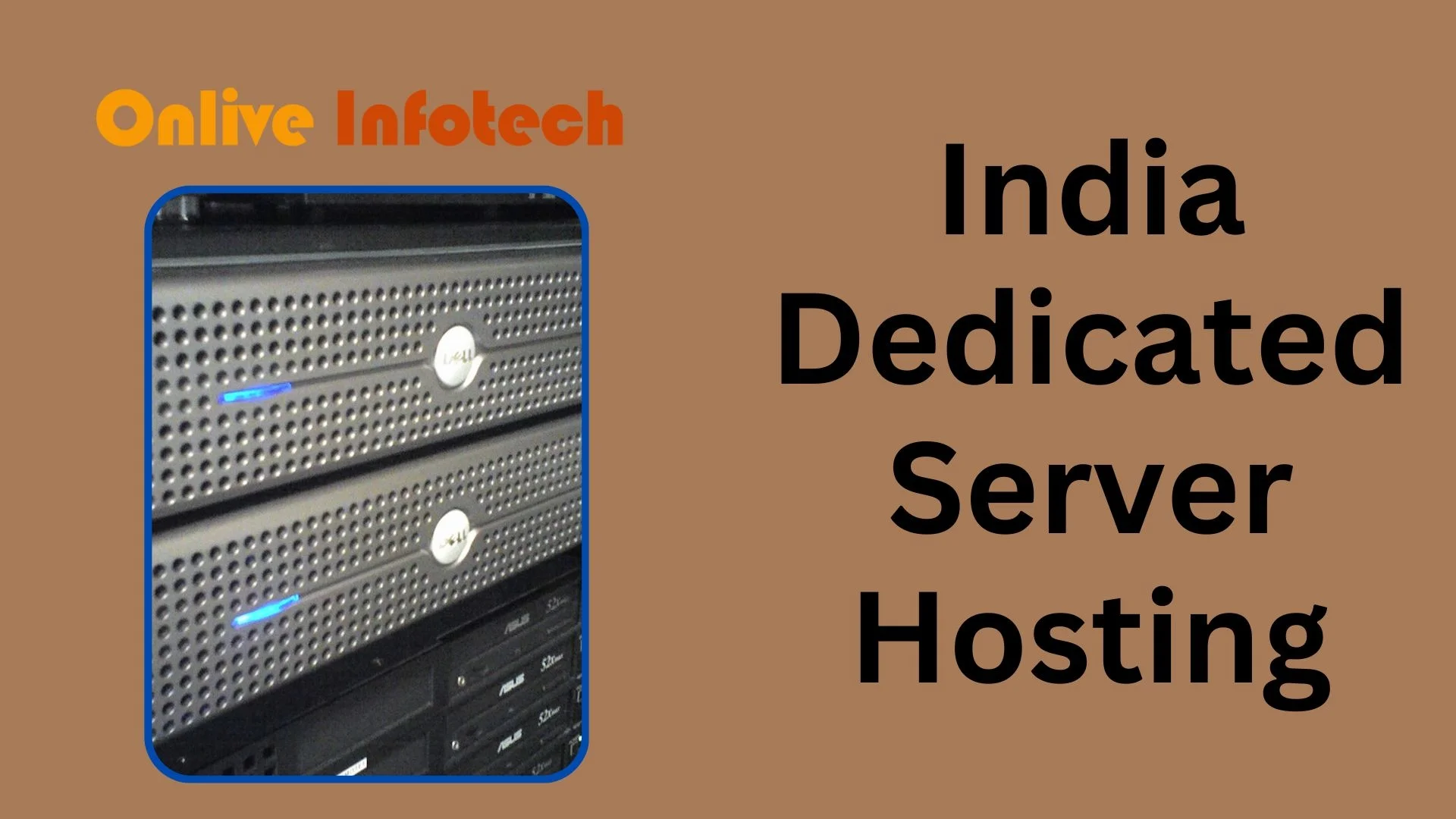As industries deal with growing volumes of data and increasingly complex computing tasks, the demand for more powerful processing capabilities is becoming evident. This is where the GPU server comes into play. Unlike traditional CPU-based systems that handle sequential processing efficiently, GPU servers are built to handle large-scale parallel processing. This architecture is particularly useful for modern applications such as AI, machine learning, 3D rendering, and scientific simulations.
Originally designed to accelerate graphics rendering in gaming and visual computing, GPUs are now a critical part of high-performance computing environments. The shift happened as developers began utilizing the many cores of a GPU to process multiple operations simultaneously. For example, while a CPU may have up to 16 cores, a GPU may contain thousands, allowing it to manage huge computational loads more effectively.
One of the biggest use cases of GPU servers is in artificial intelligence and machine learning. Training a neural network model on a CPU could take weeks, but a GPU can drastically reduce that time to hours or even minutes, depending on the task. For startups and research teams, this acceleration has enabled faster development cycles and more innovative outcomes.
Beyond AI, GPU servers are also proving vital in the fields of scientific research, engineering simulations, and video production. For instance, simulations in physics or genomics require the analysis of millions of data points in real time—something traditional CPUs struggle to achieve efficiently. Similarly, rendering high-definition animation or video effects often requires powerful parallel computing, which GPU servers provide more economically than clusters of CPUs.
Cloud platforms and data centers are responding to this shift by offering GPU-accelerated instances tailored to different workload types. This trend indicates that GPU computing is no longer limited to large tech companies or research institutions. Medium-scale businesses, educational institutions, and individual developers are gaining access to these resources, making high-end computing more inclusive.
However, adopting GPU servers does come with challenges. Cost remains a concern, especially for startups and educational users. Additionally, not all applications are optimized for GPU use. Legacy systems may require rewriting code or restructuring data pipelines to fully benefit from parallelism. Understanding the use case and the workload requirements is crucial before investing in GPU-based infrastructure.
Still, the long-term trajectory is clear. As software frameworks and developer tools continue to evolve, integrating GPU computing into standard business and research operations will likely become the norm rather than the exception. Organizations that adapt early will be better positioned to manage complex data, generate faster insights, and maintain competitive edge.
Whether it's AI training, scientific modeling, or content creation, the gpu server is playing a central role in shaping modern computing strategies.






